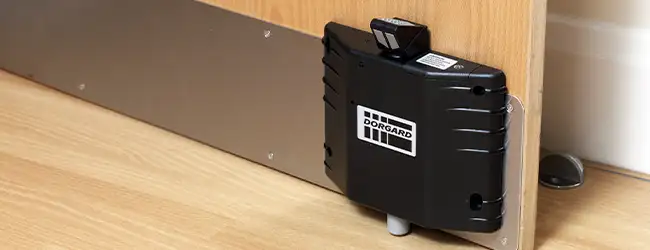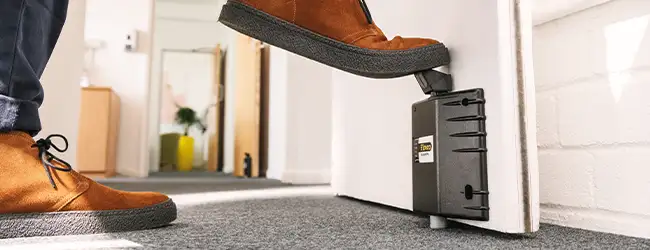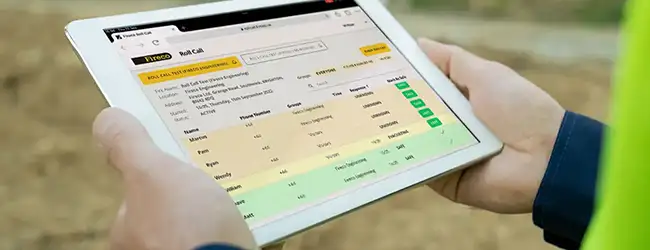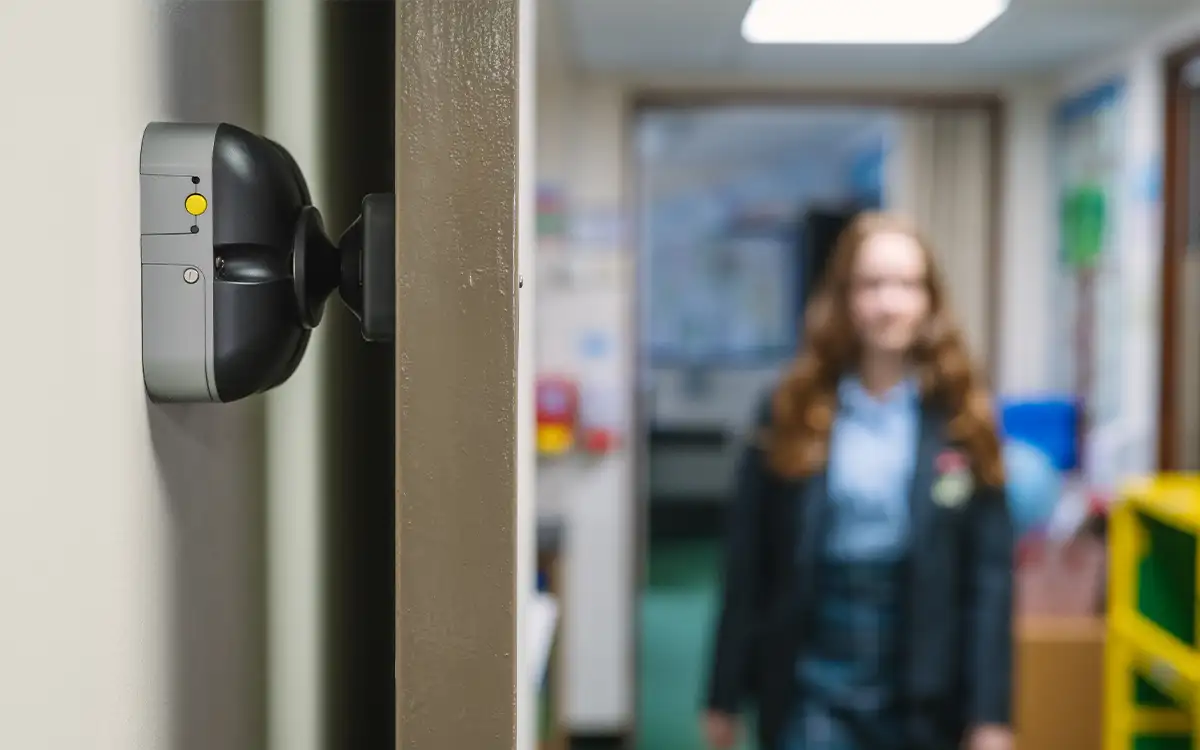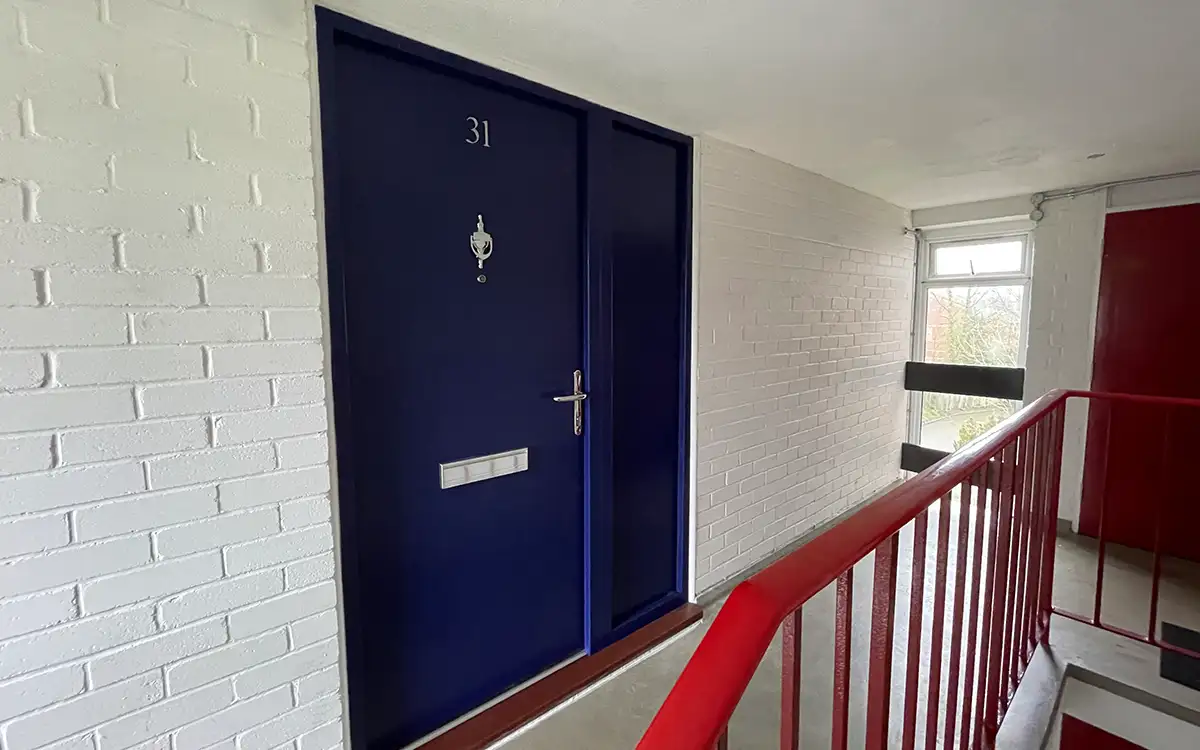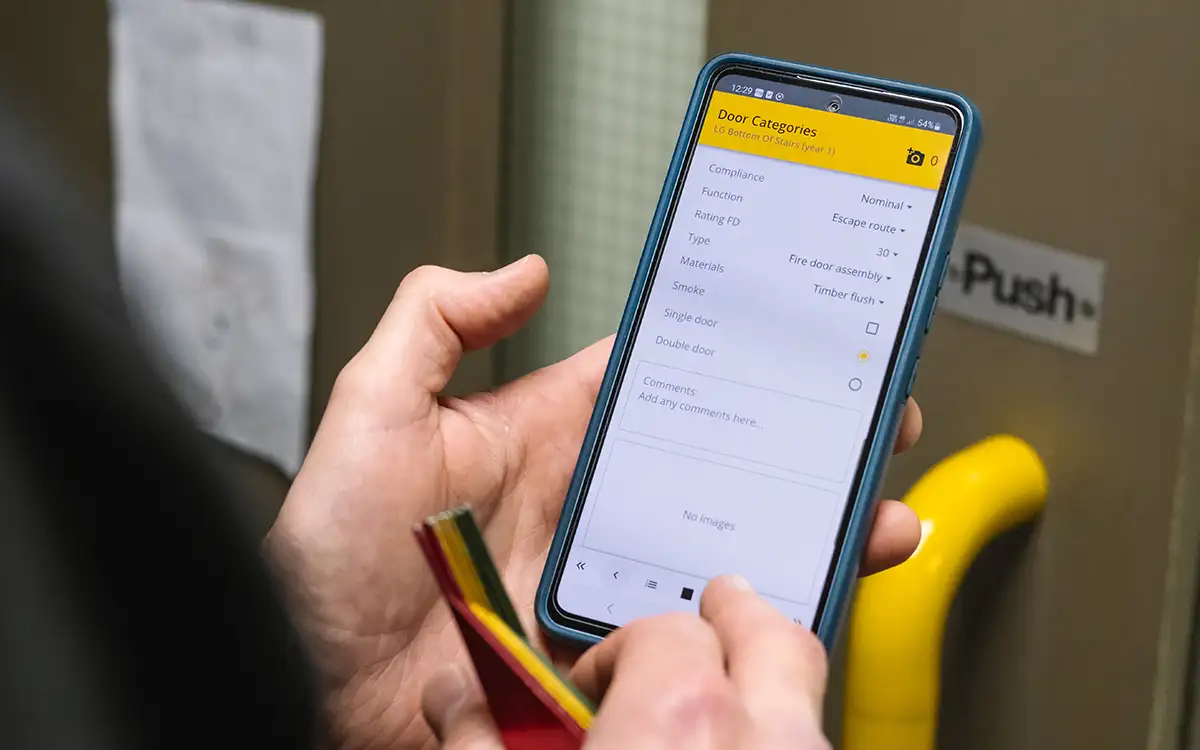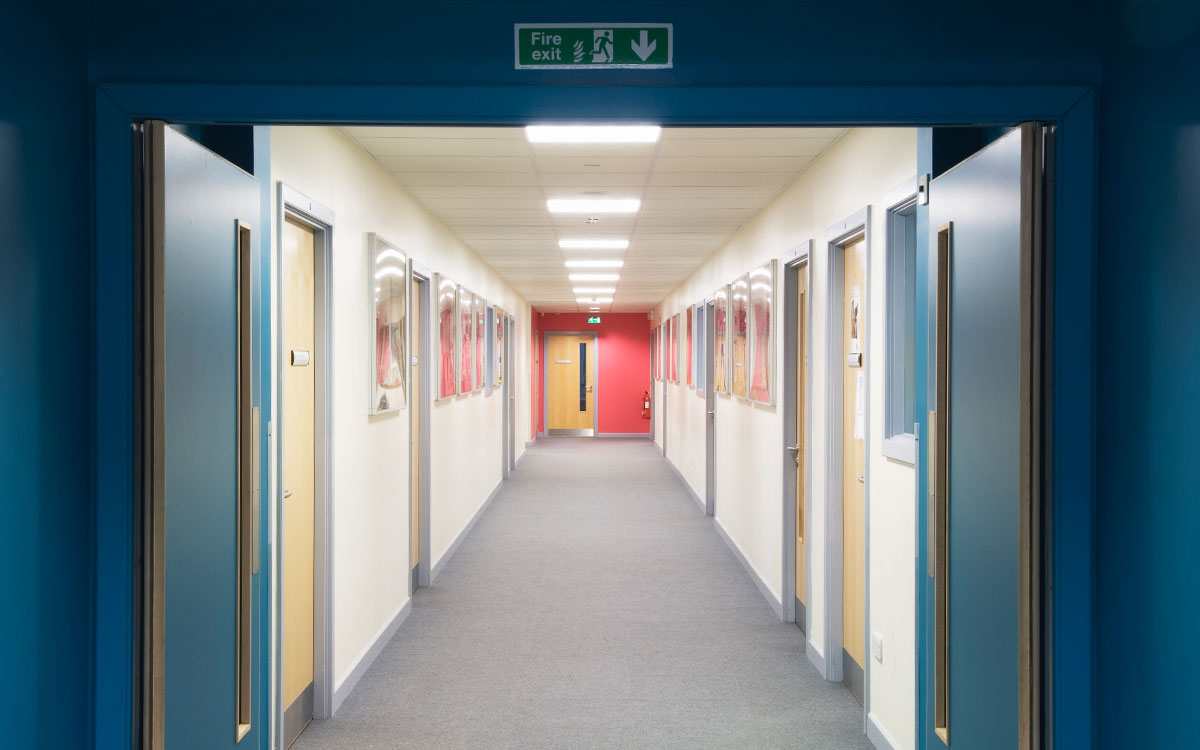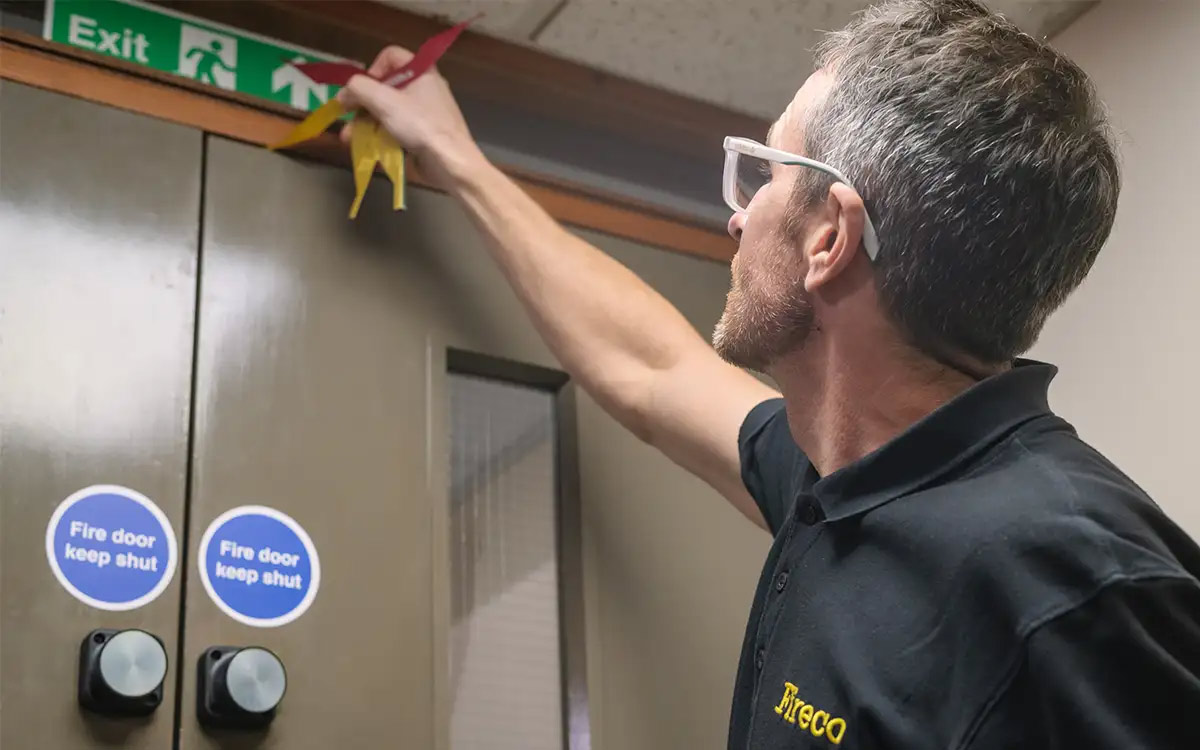The latest from Fireco
Want Fireco updates direct to your inbox?
Join our mailing list so you’re the first to know about live webinars & events, as well as product updates & news from Fireco.
You can find out more about how we process your information by reading our Privacy Policy.

